The work of defending the misunderstood animals is still going on! Some stereotypes have been broken here, some are harder to break because they are partly true. However, these stereotypes are still not correct.
1. Dogs do NOT sweat through their tongues
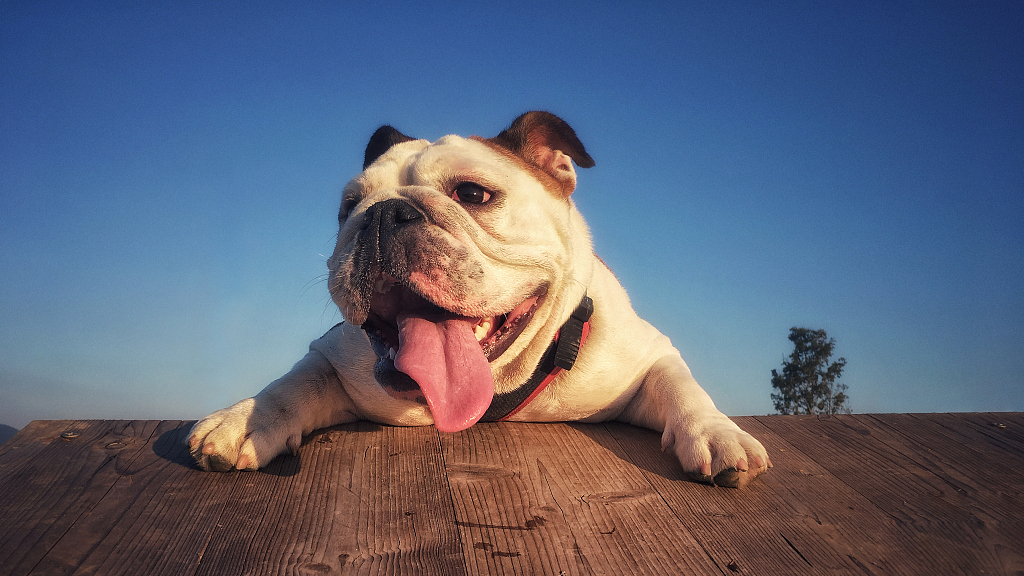
"We do not use tongues to sweat!" /VCG Photo
"We do not use tongues to sweat!" /VCG Photo
It is often shown in cartoons that when a dog feels hot, it sticks its tongue out. Dogs are believed to sweat through their tongues because they don't have sweat glands. However, this is not true. Dogs do have some sweat glands in their paw pads. So why does a dog pants heavily with mouth open and tongue sticking out when it feels hot? It is a means of cooling off, as water evaporates from the dog's tongue the body temperature gradually comes down.
2. Wolves have NO problem with the moon

"We do not cry at the moon!" /VCG Photo
"We do not cry at the moon!" /VCG Photo
Werewolves only exist in fantasy novels like the Harry Potter series (sorry! Professor Lupin). But many believe that wolves do howl at the moon. In fact, they do not. Wolves are nocturnal animals, which means they are more active at night. And they need to communicate with each other when hunting in groups. When you see wolves with their heads pointing upward to the sky as if to howl at the faraway celestial body, they are merely talking with each other. Pointing their faces upward helps the sound to travel farther.
3. Crocodiles are not hypocrites
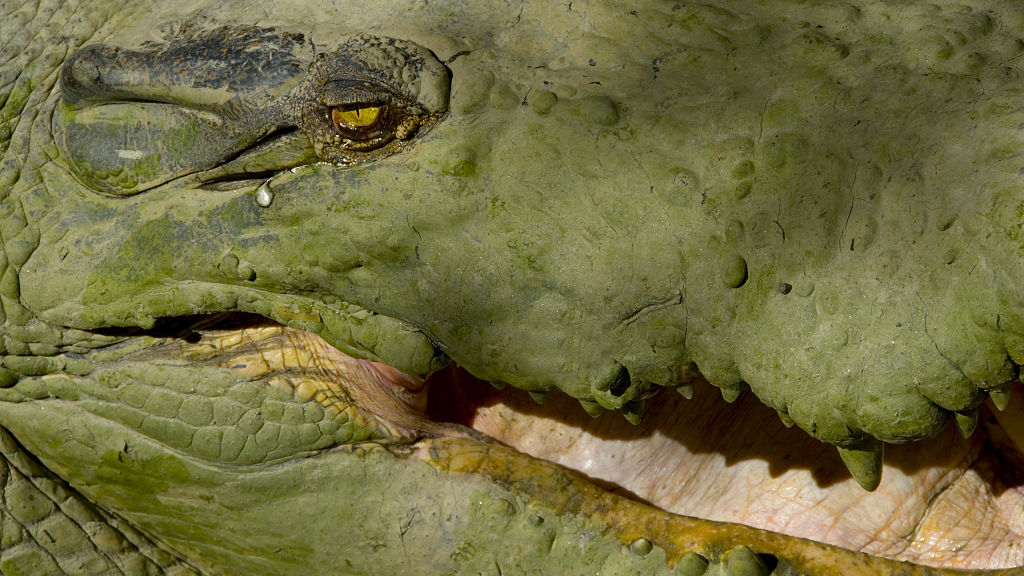
"We do not hypocritically cry for our preys!" /VCG Photo
"We do not hypocritically cry for our preys!" /VCG Photo
Many political cartoons, legends and stories feature crocodiles who claim to be sad about someone else's grief and then shed fake tears. This stereotype is based on the fact that in real life crocodiles can often be observed with teary eyes while they are feasting on their dead prey. The real reason is the crocodile cannot chew and thus is forced to rip its food into chunks and swallow. Since the glands that keep its eyes moist are right near the throat, this eating habit results in tears.
4. Snakes do NOT dance to music

"We do not dance!" /VCG Photo
"We do not dance!" /VCG Photo
Snakes have no visible ears, so they don't hear sounds as humans do. But the snakes are not really "deaf." They have hearing organs inside their heads attached to their jawbones, so they feel vibrations very well and may hear low-frequency airborne sounds. Then how do "snake charmers" play the flute and train the snakes to dance to the music? It is in fact a terrified reactive sway as the snakes feel they are under attack by the pipe.
5. Lemmings are NOT suicidal
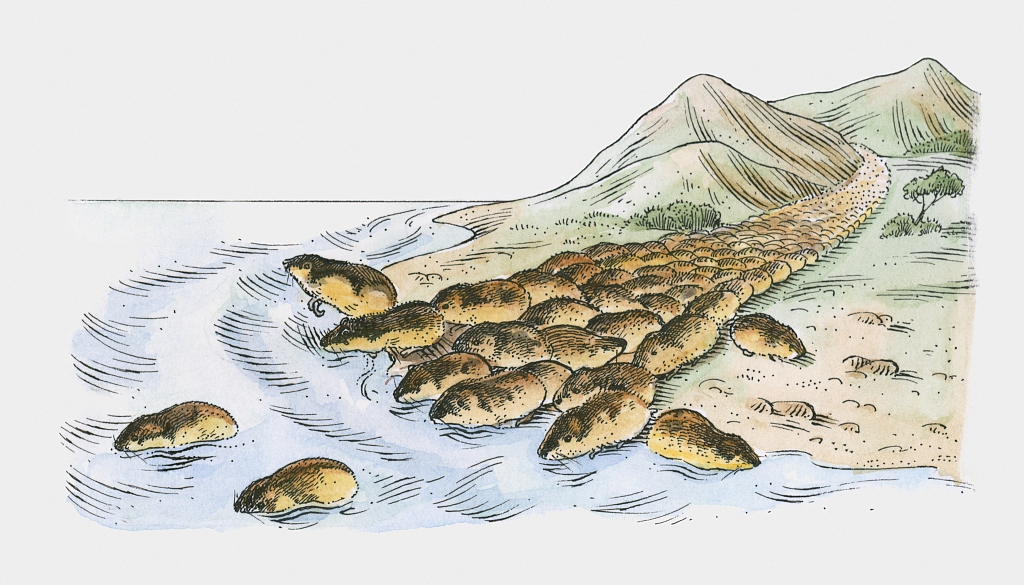
"We do not commit suicide!" /VCG Photo
"We do not commit suicide!" /VCG Photo
Legend has it that lemmings line up, jump off cliffs and commit mass suicide. Well, the little rodents do migrate in large numbers when population density becomes too great. When the migrating lemmings come to the water, they swim. Only if the water happens to be an ocean, the lemmings who made this wrong choice to swim across may end up drowning. In any sense, it is not a suicide as it is not deliberate.
6. Opossums do NOT 'play' dead
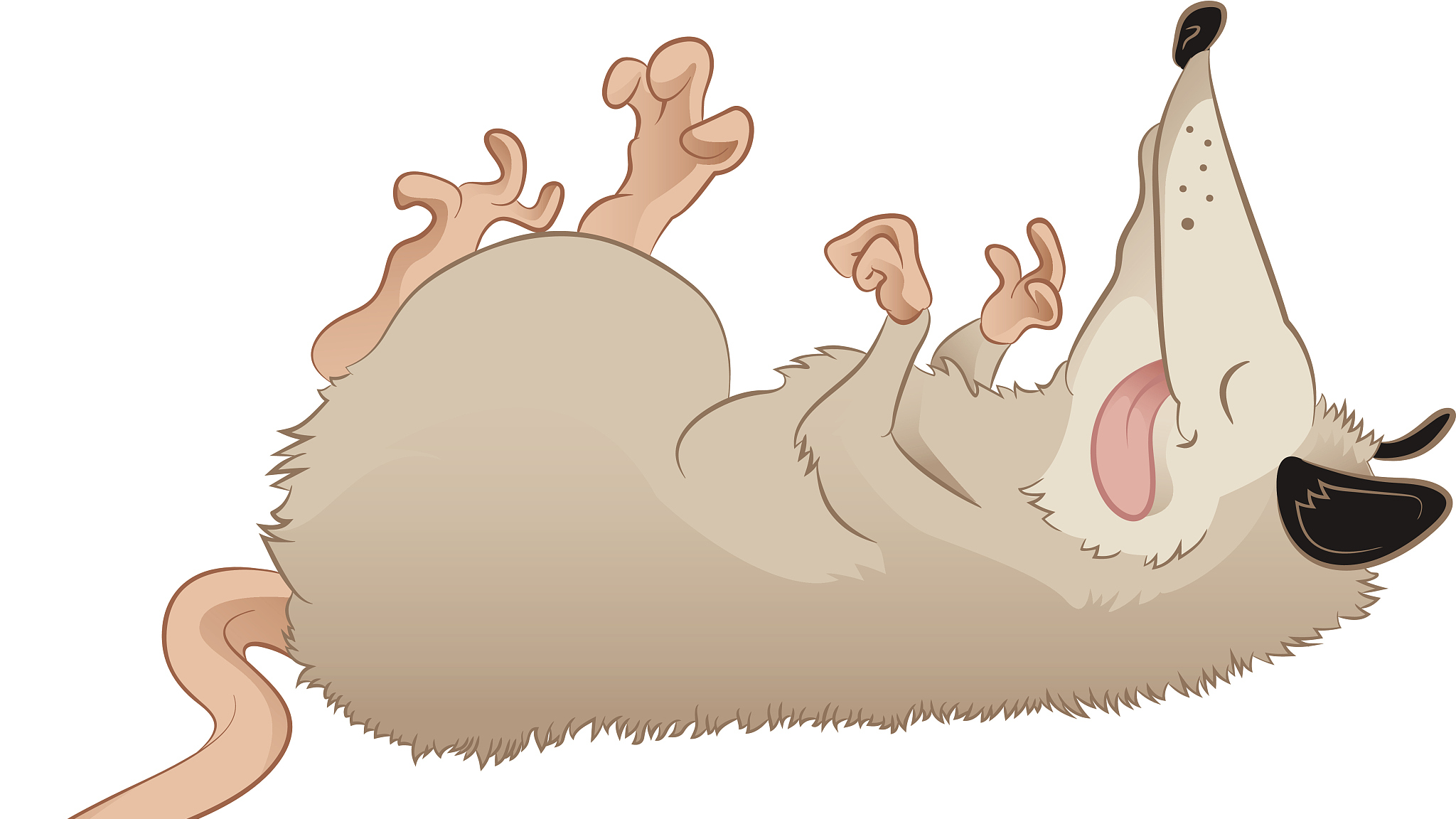
"We cannot help it!" /VCG Photo
"We cannot help it!" /VCG Photo
Although "play opossum" means "pretend to be dead" in English, the animal does not "play" dead deliberately in reality. When threatened by predators, an opossum may fall into a catatonic state, acting as if it is dead. As an animal who suddenly dies could have some illnesses, the predator may think it is wiser not to eat it. So, the opossum does fake its death, but it is an involuntary reflex action, and the opossum itself cannot control it.
7. Camels do NOT store water in their humps
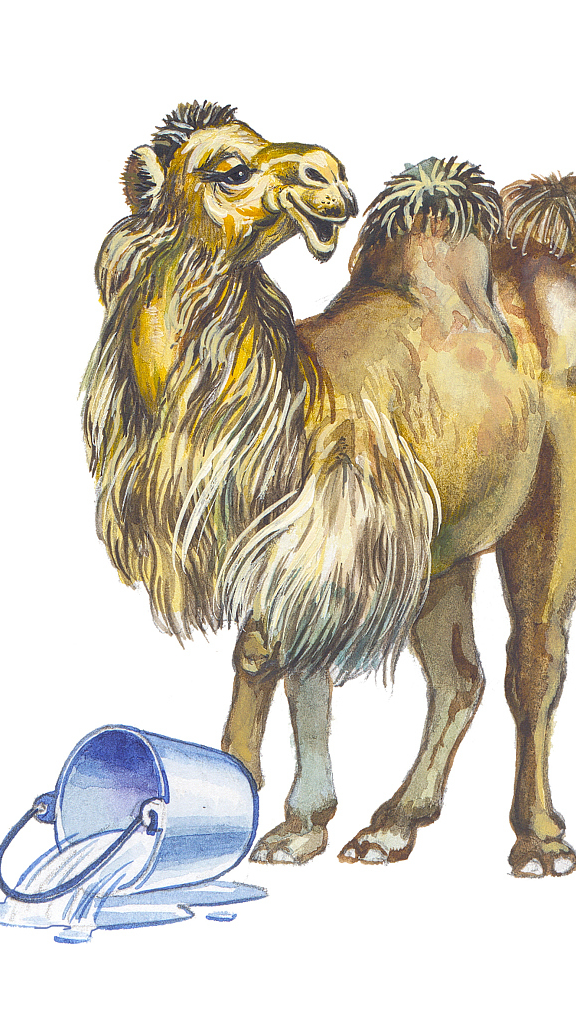
"We do not store water on the back!" /VCG Photo
"We do not store water on the back!" /VCG Photo
Against common misunderstanding, camels do not directly store water in their humps, which only store fats. When these fat tissues are metabolized, they produce water. Another advantage is, concentrating body fat in their humps minimizes the insulating effect fat would have if distributed over the rest of their bodies, helping camels survive in hot weather conditions.
(Cover image via VCG)
(If you want to contribute and have specific expertise, please contact us at nature@cgtn.com.)